|
Around mid-December, a friend posed this question on Facebook: What’s something that you thought you’d do this year during your changed world due to the pandemic, but turns out you didn’t do?  Did you plan to learn tai chi during the past year's downtime? Did you plan to learn tai chi during the past year's downtime? She got things rolling with her own confession that she’d intended to learn and practice tai chi using a DVD that had been recommended, but after trying it couple times, she never returned to the practice.  Was baking bread on your pandemic project list? Was baking bread on your pandemic project list? In the comments under her post, a few other people said they’d planned to learn something new—a language or a skill like baking bread—or spend more time doing something they already enjoyed, like painting. Or something they perhaps didn’t enjoy so much—working out, for instance—but resolved to do. Yet even in their changed worlds, days filled up with routine tasks like bill-paying, yard work, and household chores, on top of which some had the added responsibility of teaching homebound children. Then there were those who were sure they’d use their extra home-time to finally get organized. Garages, closets, storerooms all would be neat and orderly by the end of 2020. That didn’t always happen, either. Turns out those tasks are no less tedious when you have time for them than when you’re occupied with other things. I made that discovery myself. After an initial blitz of cleaning out cabinets, drawers, and closets, culling stuff, stuff, and more stuff, I hit a wall. Or maybe it was that warm weather arrived, and outdoor projects had more appeal.  I made some new paths through the woods, but other outdoor projects remained unfinished I made some new paths through the woods, but other outdoor projects remained unfinished About those outdoor projects: there again, I had big plans for finishing the landscaping we’ve been trying over the past few summers to complete. I did make progress, but finish? Nope. Maybe next summer. What about you? What became of your intentions for 2020? What got done, and what got left undone? Does the answer to that question reflect a shift in priorities, or merely an adjustment to reality?  Some days, an excursion to Lake Michigan mattered more than getting things done Some days, an excursion to Lake Michigan mattered more than getting things done My answer to that last question is, a little of both. Working on my novel-in-progress became a higher priority than cleaning out every last file drawer. Organizing Zoom readings of my memoir took precedence over reorganizing my wardrobe. And some days, watching movies, playing Scrabble, or going for a long drive with Ray—compensating for the concerts, readings, and other live events we could no longer attend—felt more important than accomplishing anything at all. Now, a new year lies ahead, but life isn’t likely to return to normal (whatever form that takes) for at least another few months. So how to spend the remainder of our reconfigured time? Tackle more tasks or take advantage of these more spacious days to let our imaginations wander and our creative impulses reign? I gave some thought to that question as 2020 wound down. While I had no trouble coming up with lists of household projects to finish and other business to take care of, I realized my choices for the past year pointed to the way forward for the next. The things that yielded satisfaction—writing and other creative work, keeping in touch with friends, spending time with Ray—are the things I want to devote the most time and energy to. Not that I’ll ignore the rest. Checking off mundane tasks brings its own kind of satisfaction. But this time next year, I have a feeling the number of chores I’ve crossed off won’t matter nearly as much as the kind of contentment that comes from creativity and connection. (Oh, hey, that sounds like a catchy tagline for a blog!)
10 Comments
Last week I got back to work on my novel-in-progress after taking several weeks off to focus on other matters. There’s been some stuff going on, ya know? There still is, but at least I’m able to inhabit islands of concentration here and there. Of course, it always takes time to get up to speed on something you’ve set aside, and that’s especially true in this case because I’m using a completely different (for me) approach with this writing project—one that requires a great deal of thought and patience.  In my novel project, I'm using the method detailed in this book In my novel project, I'm using the method detailed in this book As I ease back into this painstaking process, I can’t help thinking it might serve as a model for how to approach life in general. I’ll elaborate on that in a moment, but first a little more about the writing part. The method I’m following was developed by author Lisa Cron and detailed in her 2016 book Story Genius: How to Use Brain Science to Go Beyond Outlining and Write a Riveting Novel (Before You Waste Three Years Writing 327 Pages That Go Nowhere). What aspiring author wouldn’t be seduced by that title? Shave three years off the process and end up with a riveting novel? Sign me up!  Cron advocates the use of scene cards such as this one to "blueprint" your novel, scene by scene. Cron advocates the use of scene cards such as this one to "blueprint" your novel, scene by scene. But it turns out the secret isn’t to power through, wildly racking up word counts. It’s to carefully “blueprint” every single scene, stifling the impulse to start writing the scene until you’ve answered several key questions. And I mean really answered them thoroughly, sometimes with pages of brainstorming ideas that will never make it into the manuscript. Questions such as:
Whew! See what I mean about a lot to think about? All this could easily be overwhelming if you had to lay out the whole novel, scene by scene, before writing a single word. But it doesn’t work that way. You draft an opening scene—realizing it’s only a draft that will be revised many times—and an ending scene, again knowing it, too, will likely change. Then you methodically fill the space between beginning and end, working in chunks of scenes. Map out a chunk, blueprinting scene by scene. Write those scenes. Then blueprint another chunk of scenes, one at a time, and write those. From time to time, spiral back to the scenes you’ve already written, and layer in new information, new setups and storylines that emerge as you go, always keeping the end in sight. Now, how does this apply to life in general? Obviously we can’t spiral back and rewrite parts of our lives, much as we might wish we could! Still, I do see a few parallels. The first is that in the Story Genius method, the focus is on each scene. Instead of getting overwhelmed by the idea of writing a whole novel, you zero in on the scene in front of you, examine it from several angles, and think it through before moving on. Kind of like focusing on what’s happening right here, right now, each day instead of letting your mind get stuck in the “If only . . .” of your past or fast-forwarding into the “What if . . .?” of the future. The idea isn’t to over-analyze each moment, but to be aware and focused on the here and now. Second, just as writers following Story Genius ask what their characters believe and why, we all can benefit from examining our beliefs and motivations. Where do they come from, and how trustworthy are those sources? How do our beliefs affect our worldview, and how do our experiences change them? Finally, unlike authors of novels, we can’t predict how our own stories will end. But we can keep in mind our ultimate goals and intentions and try to make sure every scene in our saga unfolds in a way that leads us in the direction we want to go. So, there was a presidential election yesterday, right? Yet as of this morning, we don't know the outcome, and we may not know for some time. What to do until then (besides nail-biting and obsessively checking the news)? Let's all take a deep breath and enjoy another visual retreat with some of my favorite photos from the past four months. These challenging times can be both stimulating and stifling to creative types. Some writers and artists I know have found comfort in their work; others have been unable to summon their muses and have turned to other activities for solace. I say, whatever works! These times are exceptional, and as I recently read in an article a friend sent me, “During this extraordinary time, we have to realize that everyone now has an additional part-time job that might be called Citizen of the Covid-19 Pandemic,” and we need to give ourselves credit for the time and energy that extra work takes.  Gail Howarth Gail Howarth One artist who's managed to do inspired and inspiring creative work while coping with the pandemic is photographer Gail Howarth. Regular readers of HeartWood may remember seeing Gail featured here a couple of years ago. At that time, she was working on a photography/writing project with Mel Trotter Ministries, a Grand Rapids nonprofit organization that works with homeless people. Now, she is once again combining photography and writing to call attention to today's pressing issues, which include but are not limited to COVID-19, essential workers, race and racism, and LGBTQIA community concerns. What led you to undertake this project? City Center Arts in Muskegon offered me the opportunity to be the featured artist there from September 1 to October 10. The gallery has been very supportive of me, my nature and landscape photography, as well as another project I am working on called The Gratitude Project By Lakehouse Photo. Originally we were going to feature The Gratitude Project. However, the rest of the exhibit will honor essential workers. We felt that gratitude, while a worthy topic, might seem insensitive to those that have sacrificed so much. We thought about postponing the featured artist wall or displaying my landscapes. But I felt like we were missing the opportunity to do something meaningful. The year 2020 has been challenging. The pandemic, racial tension and rioting, and a divide that grows deeper daily in our nation weigh heavily on my heart. I just kept thinking, this is a time to heal, not to fight amongst one another. When I proposed A Time To Heal to the folks at City Center Arts, they quickly agreed to the project. Christina once asked herself, Am I Black Enough? Later in life, as she experienced racism in many forms, the answer became clear. Christina expresses her concerns, her anger, and her wisdom by blogging and through dance. How did you find people to participate? Were most readily willing, or did you have to persuade some? I asked everyone I knew if they would participate, and then they asked everyone they knew. I posted requests for participants on my Facebook and Instagram pages and even contacted local social justice organizations. Most of the participants were referred through the gallery or Facebook friends. Of the 17 participants, I knew less than one-third personally. I received a lot of non-responses to emails and phone calls. However, those that expressed an interest in the project showed no hesitation about participating. Everyone felt like it was an important project and wanted to be involved. Like so many others 2020 grads, Chauncey lost the opportunity to complete his senior year of high school in person and to experience senior prom, skip-day, an actual graduation ceremony, and more. Read more about Chauncey here. How do you think communicating these varied stories and images can promote healing, both for individuals and for our country and world? In a nutshell, we need to get to know one another. The project gives folks from various backgrounds the opportunity to share their journey with people that are generally not a part of their community. Once we find common ground, it will become easier to communicate about and resolve tough issues. One example from the project would be that there has been immeasurable conflict related to wearing a mask to keep COVID-19 from spreading. There are many reasons stated, but I believe the biggest factor is that folks don’t know anyone that has had it, and therefore, it does not seem real. Three of the participants of the project have had COVID-19. Though all three have recovered, they struggle with ongoing health issues. One person caught the virus from a man that did not survive. Another worked in one of the hardest-hit hospitals in the Detroit area. She witnessed countless deaths every day. All three encourage everyone to wear a mask. Once you know someone that has had the virus, you will likely not question whether mask-wearing is right or wrong. Healing begins one person at a time. Hopefully, healing begins with one person, then a second and a third, and multiplies and impacts a whole community, a state, a nation, and beyond. Healing can be hard work and take years. But it can also be quite magical. Have you ever had a rigid belief about a thing and then learn one new fact about it, and it shreds everything you ever believed? I do hope that folks will find a few magical moments from the exhibit and blog posts. I don’t believe my project alone can make a profound change in the world. I do think that projects with the same or similar intentions are popping up all over as a reaction to the dysfunction we are currently experiencing. I hope that collectively change can and will happen. Lastly, I will admit that there was a moment during the early part of the project that I became disillusioned. Not all of my friends or family felt the project had merit. They thought that the result might create greater divisiveness versus the desired outcome of healing. I shared with one of the participants that my heart was a bit broken by the response. I asked her earnestly, what if the only heart opened or healed was my own. Her response was: Well, then the whole project is worth it. I am grateful, and I cherish her words. Working as a respiratory therapist at one of the hospitals hardest hit during the early days of the COVID-19 pandemic, Cindy contracted COVID-19. Now recovering, she asks that everyone wear a mask. In the introduction to “A Time to Heal” on your blog, you write about parallels between the present day and the 1960s. What similarities and differences do you see between the two times? Now and then, social unrest led to demonstrations and rioting. In the ’60s, the issues were related to civil rights, the feminist movement, the Viet Nam War, and the gay liberation movement. Today, we face the same problems and more, but the war we are fighting is with one another. Also, in the ’60s, people still had faith in our government, that our voices would be heard, and that real change could happen. Today, we have lost faith in leadership and our government, that our voices, no matter how loudly we cry, fall on deaf ears, and there is little hope for change. Kwame uses his sense of humor and insight to elevate awareness related to racism and the Black Lives Matter Movement. Kwame believes we are fundamentally bound together and that together we must find a way to get along. In your interviews with this broad spectrum of people, have any common themes emerged? The commonality would be the need or desire of the participant to tell their story or to be heard. All felt that in doing so that it might, in some small way, make a difference. Susan Bishop, MD, is a pediatric doctor. As COVID-19 has significantly changed patient care, she misses children's hugs and unmasked smiles. In an email, you wrote, “The creative process is funny for me. I never have a clear picture of what something will be in the beginning. It just morphs into what it becomes.” In what ways was that true for this project? First, I had no idea if I could pull off this project. I had two months during a pandemic to find people willing to be photographed, to share their stories, and translate them into an exhibit of words and images. Initially, I thought I would display one photograph and a few keywords of each person to convey the story. However, I could not come up with a smart way to show the words. In the end, I decided to label the images more traditionally. Each piece has a name and just a little information about the participant. Hopefully, viewers will become curious enough to read more about the participants on my blog. Then, as I selected and edited photos, I realized that for most participants, a single image left the story incomplete. I began mounting three to five images into a template with a plain white background. The stories were coming together, but still, something was lacking. One day, I accidentally placed one of the photos behind the others. It was fabulous!! I reduced the grayscale of the background image (made it lighter), and it became part of the story. In some cases, I had to backtrack to find and photograph backdrops that would complete the story. Lastly, I initially had a narrow concept of who should participate. The expansion happened naturally and felt right. When Justin learned personal protection equipment was in short supply, he came up with a plan that included renting the second largest cargo plane in the world and having it flown to China, filled with supplies, and flown back to Ohio to begin distribution. He then purchased US-made mask-making equipment and started production in Ohio. How has this project affected you personally? Deeply and on so many levels. There were many days that I felt hopeless. The division between people feels as if it grows larger every day, and I did not feel as though I was working fast enough or hard enough. But I came to believe that I am doing what I can to be a positive force for awareness and change. I will, in some way, continue the work that has begun with this project. I am honored and humbled that complete strangers would take the time to share their life experiences with me. Their words forever change me. The most life-changing aspect of the project is related to racism. I have never considered myself a racist. But, I have become more aware of the cultural bias that I carry with me. I listen with new eyes and ears, and feel with a heart more open. And, as those old untruths pop up, I look them over and toss them away. We have so very much to learn from one another. I am a forever student, and can barely wait for my next teacher. Siena is working toward awareness and social change as a member of the Sunrise Movement, an organization that seeks to remove oppressive and unsustainable systems to create a just future. What is your hope for this project and its impact? I hope that hearts and minds will be changed, that we will become a more unified people, even if we disagree, and as a result, create a better future for our children. That is a pretty big hope, isn’t it! I am not sure if it is realistic at all. But, in the words of John Lennon, “You may say I'm a dreamer, but I am not the only one.” I hope others will be inspired to start projects that promote healing and unity. Pastor Sarah believes it is time to put an end to our differences based upon race, learn to imitate the Kingdom of Heaven, and to live as one. Read more about Pastor Sarah here. A Time To Heal will be on display at City Center Arts from September 1, 2020, until October 10, 2020. Hours are limited, so please check the website before traveling to the gallery. Blog posts related to the participants are located at https://lakehousecc.com/living-at-the-lakehouse/
Not all blog posts related to the project are complete. Consider subscribing to be notified of new posts.  Jigsaw puzzles: among the new ways of entertaining ourselves Jigsaw puzzles: among the new ways of entertaining ourselves In recent months, we’ve all had to adapt in ways we never expected: new ways of shopping, socializing, working, entertaining ourselves (jigsaw puzzles, anyone?). With Ray and me both retired, the changes weren’t as drastic for us as for many people. While there have been challenges, our adjustment has been relatively smooth, for which I’m grateful. But this home-centered span of time has also shown me how un-adaptable I am in other parts of my life and how I’ve been holding onto expectations that don’t square with reality.  Take my activity patterns, for example. For most of my life, I was an early riser. During my working years, both as an employee and as a freelancer, I usually got up at 5 a.m. and started work at 7:30 or 8:00. For a while after I retired I continued waking up and getting out of bed by 5:00 or 6:00, whether I wanted to or not. I seemed to be hard-wired to get up and get going early. In the past year or so, though, I’ve started sleeping till 7:00, 7:30, and sometimes even later. I feel like I need the sleep, like my body demands it, especially if I’ve done something intensely physical the day before, like a long hike or hours of outdoor work.  I am not a slug! (Photo: Peter Stevens) I am not a slug! (Photo: Peter Stevens) Yet every time I get up later than 6:00, I scold myself for being such a slug, and I still try to keep to a routine that’s based on getting up earlier: meditating and doing yoga before breakfast, then making and eating breakfast, doing some reading over breakfast, cleaning up my dishes and myself, getting dressed, making the bed, doing whatever else needs doing, like taking out the mail, and still being ready to start the day’s main activities (writing and book promotion in the morning; chores, errands, and recreation in the afternoon) by 8:30 or so. So every day starts with this ridiculous and totally unnecessary tension about keeping to a ridiculous and totally unrealistic schedule.  Yoga: First thing in the morning? Or not. Yoga: First thing in the morning? Or not. I’ve experimented with various alternatives—putting off yoga until later in the day, meditating before bed instead of first thing in the morning, streamlining this or that. But I’m starting to see the problem isn’t with the routines themselves, it’s with my attitude toward them. So what if some mornings I get a late start and only have time to write for half an hour instead of an hour or two? Maybe I’ll make up for it another day. And if not, so what? Yes, I feel better on days when I write and I feel off-kilter when I don’t—writing is my happy pill, after all. And yes, I get great satisfaction from seeing the word count and page count increase by the day. But if the world comes to an end, I doubt it will be because I wrote 100 words today instead of 1,000.  Ahhh, the luxury Ahhh, the luxury My reality has shifted, and it’s high time to adapt to the new one instead of clinging to the old one. The truth is, I’ll probably never again routinely get up at 5:00. So why not try to see my sleeping-later habit for what it is—a response to a physical need, not a sign of sloth--and just enjoy the luxury of being able to structure my days around it. Which brings me to another realization about reality. Structure is something else I sometimes feel conflicted about. As I wrote in a 2016 blog post, we all have our own tolerance levels for chaos and structure, and finding the right balance between them is crucial for creativity.  Structure provides a bit of certainty in uncertain times Structure provides a bit of certainty in uncertain times As I’ve been examining how to adjust my usual routines to my unpredictable sleep patterns, I’ve questioned whether I still need a routine at all. After all, I’m retired. Most of the things on my to-do list are want-to-dos, not have-to-dos. Why not just do what I feel like when I feel like it? I’ve thought a lot about that lately, and I’ve come to this conclusion: There may be a time to ditch my routines, but this isn’t it. Experts say having consistent daily and weekly routines gives us a sense of certainty in these uncertain times. The trick is to make your days consistent, with enough variety to keep boredom at bay. Sounds like exactly what I’m aiming for as I try to adapt to new realities. I’ll let you know how that works out.
Have you adapted in any surprising ways over the past months? Have you discovered aspects of your life you can let go of and others you still need to hold onto? If you've been a HeartWood subscriber for a while, you may remember the Last Wednesday Wisdom feature that appeared on the last Wednesday of every month. When I switched to publishing blog posts only twice a month--on the first and third Wednesdays--that feature went away, except for occasional appearances in months with an extra Wednesday. During these troubled times, though, I couldn't think of anything better to offer than a collection of wisdom from other minds. I hope you find comfort and inspiration here. Life is glorious, but life is also wretched. It is both. Appreciating the gloriousness inspires us, encourages us, cheers us up, gives us a bigger perspective, energizes us. We feel connected. But if that's all that's happening, we get arrogant and start to look down on others . . . On the other hand, wretchedness--life's painful aspect--softens us up considerably. . . but if we were only wretched . . . we'd be so depressed, discouraged, and hopeless that we wouldn't have enough energy to eat an apple. Gloriousness and wretchedness need each other. One inspires us, the other softens us. They go together. -- Pema Chödrön You only get one chance. You have one journey through life; you cannot repeat even one moment or retrace one footstep. It seems that we are meant to inhabit and live everything that comes toward us. -- John O'Donohue Prejudice of any kind implies that you are identified with the thinking mind. It means you don't see the other human being anymore, but only your own concept of that human being. To reduce the aliveness of another human being is already a form of violence. -- Eckhart Tolle When you can't find someone to follow, you have to find a way to lead by example. -- Roxane Gay Clouds come floating into my life, no longer to carry rain or usher storm, but to add color to my sunset sky. -- Rabindranath Tagore My sense of the holy . . . is bound up with the hope that someday, any millennium now, my remote descendants will live in a global civilization in which love is pretty much the only law. -- Richard Rorty We have to fight them daily, like fleas, those many small worries about the morrow, for they sap our energies. -- Etty Hillesum You may not control all the events that happen to you, but you can decide not to be reduced by them. -- Maya Angelou You say to yourself when you are at liberty how desperate you are for your solitude, you love your periods of solitude, you scramble for it, you find ways of being by yourself so you can do what you want with yourself and your mind. But when you're deprived of it for a lengthy period then you value human companionship.
-- Wole Soyinka In the last installment of HeartWood, I wrote about some of the ways I've been filling my unexpected free time during the weeks of social distancing and Stay Home - Stay Safe. In this installment, I'm giving other folks a chance to share what they've been doing. And what a variety of things they've come up with! Check them out! Tonya Howe |
Written from the heart,
from the heart of the woods Read the introduction to HeartWood here.
Available now!Author
Nan Sanders Pokerwinski, a former journalist, writes memoir and personal essays, makes collages and likes to play outside. She lives in West Michigan with her husband, Ray. Archives
April 2022
Categories
All
|
































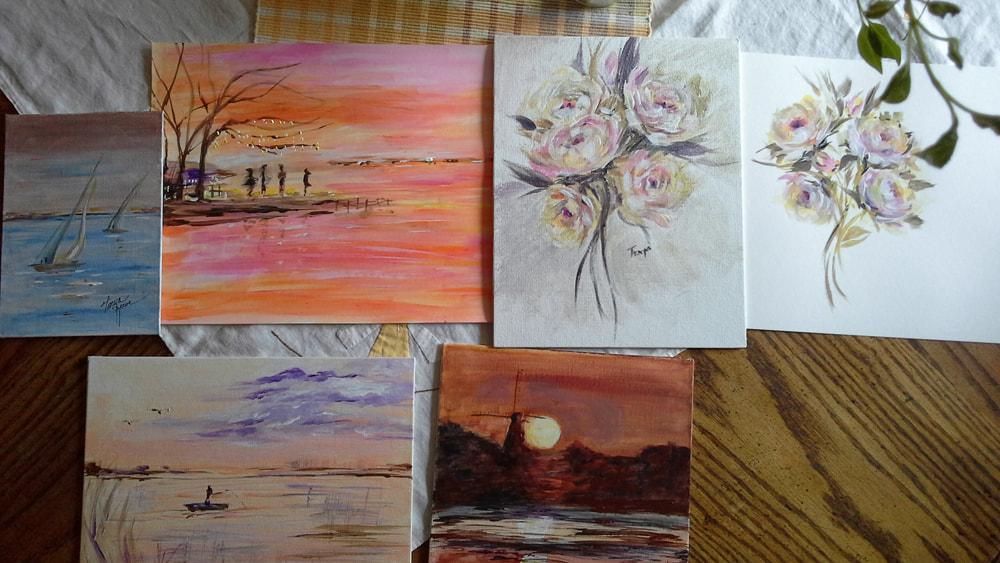


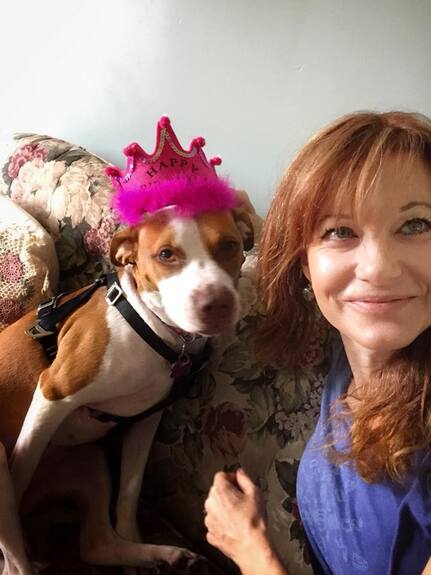











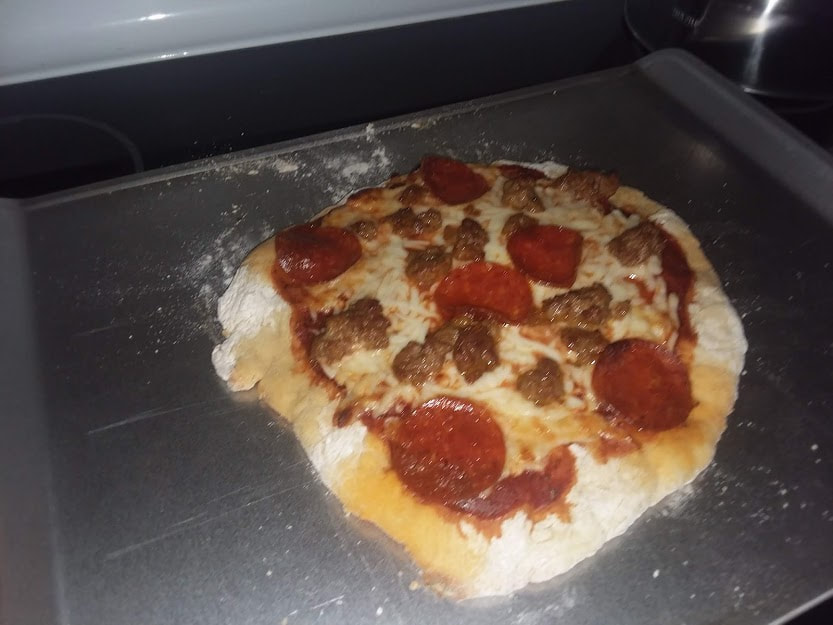










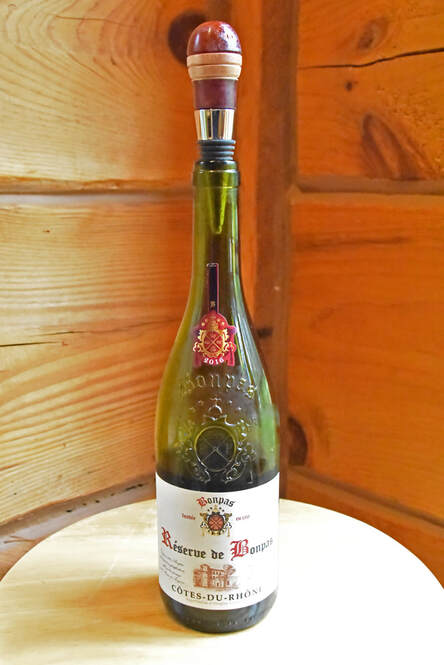
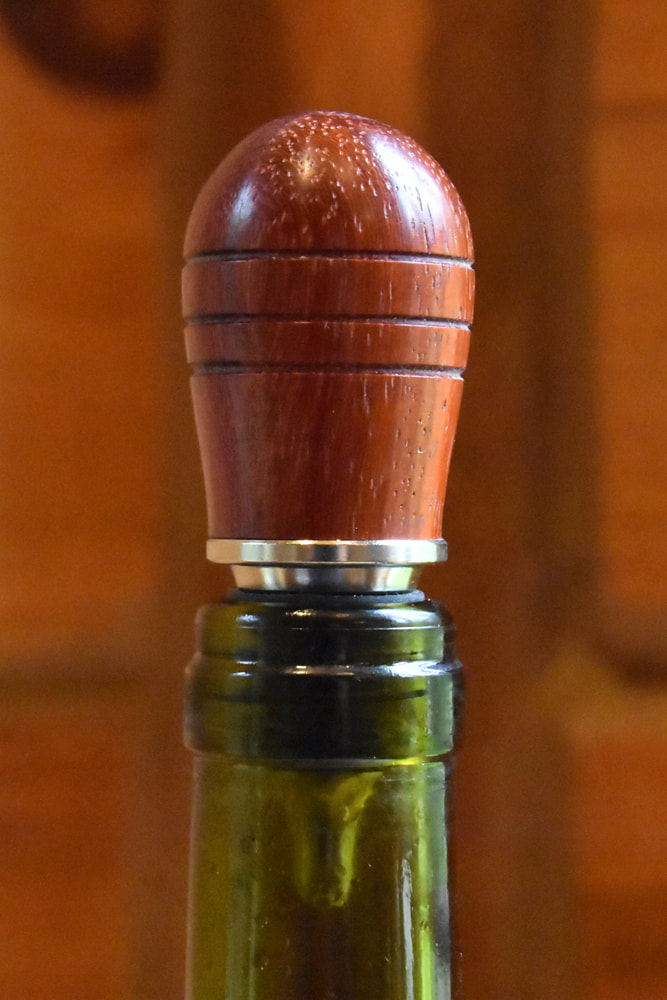






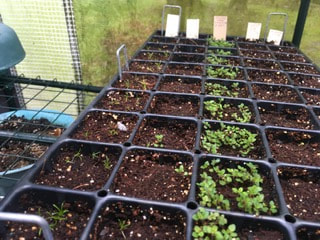


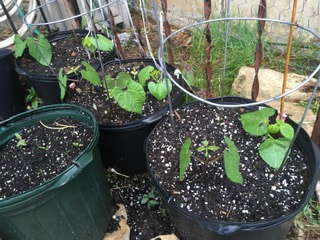










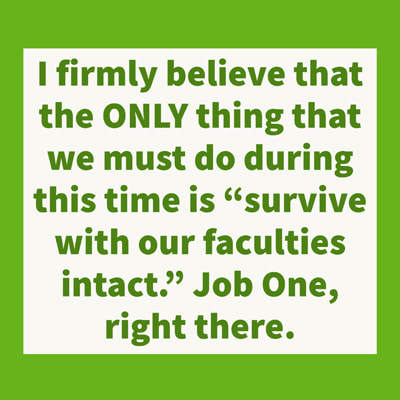












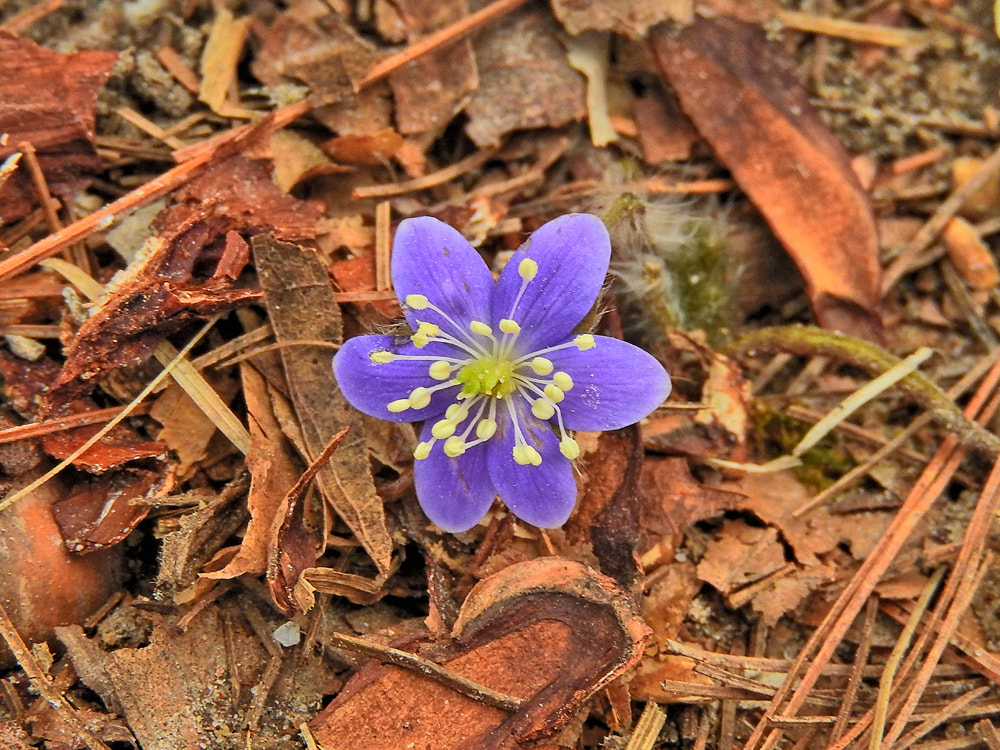




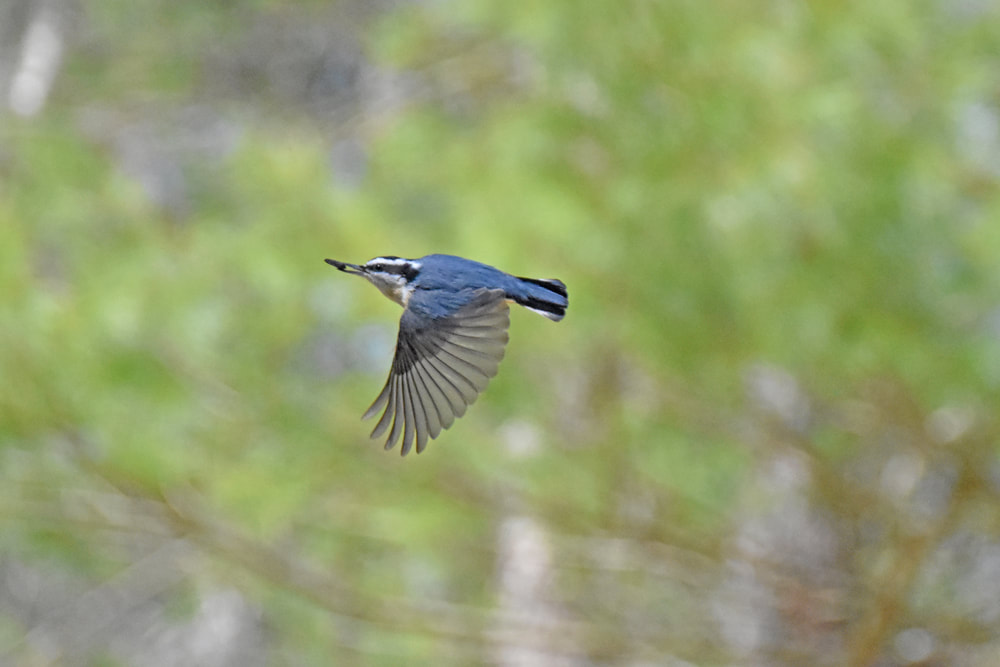
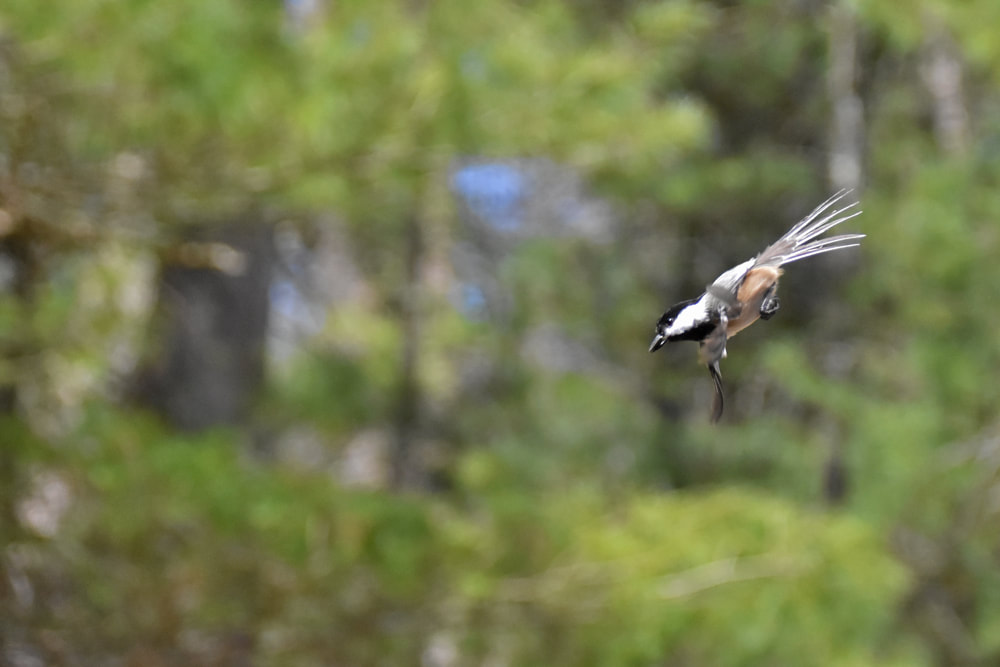
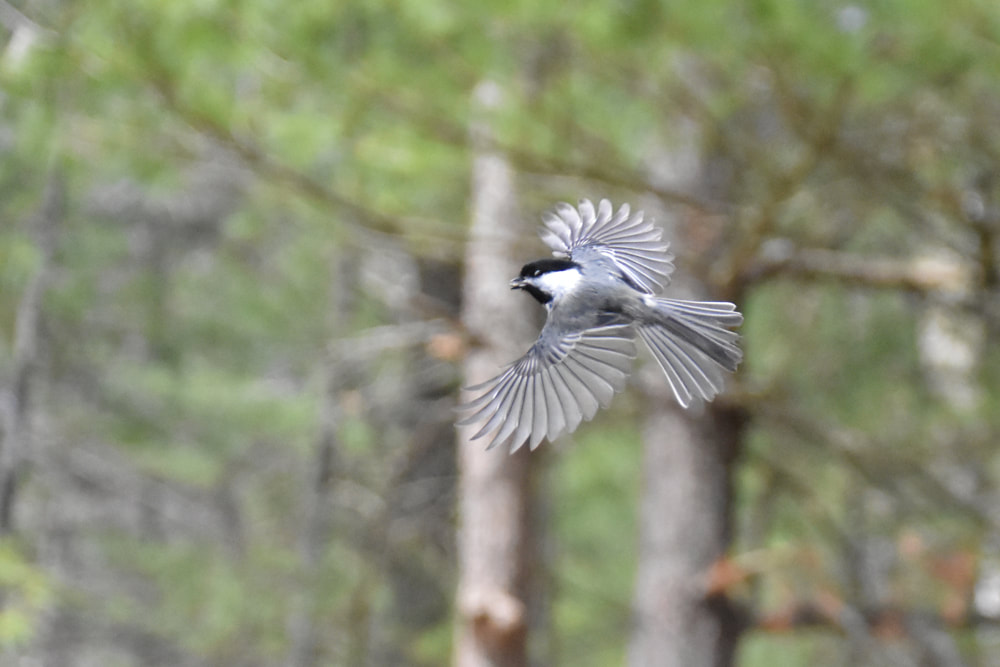

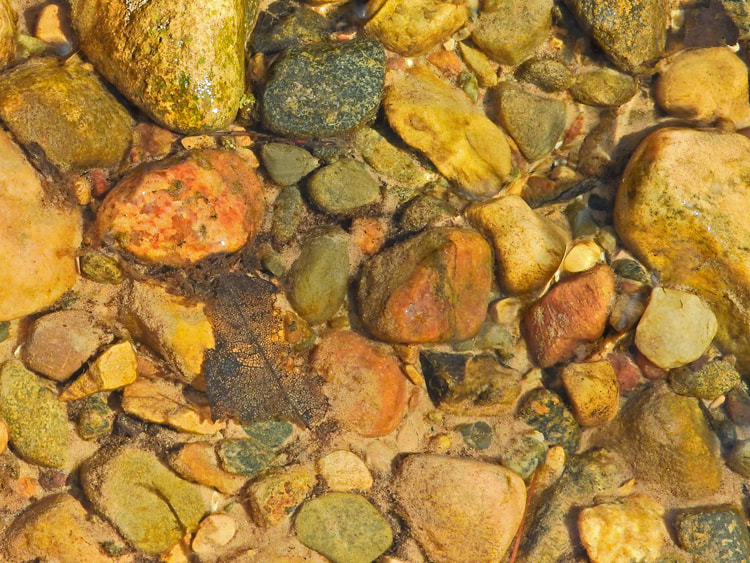















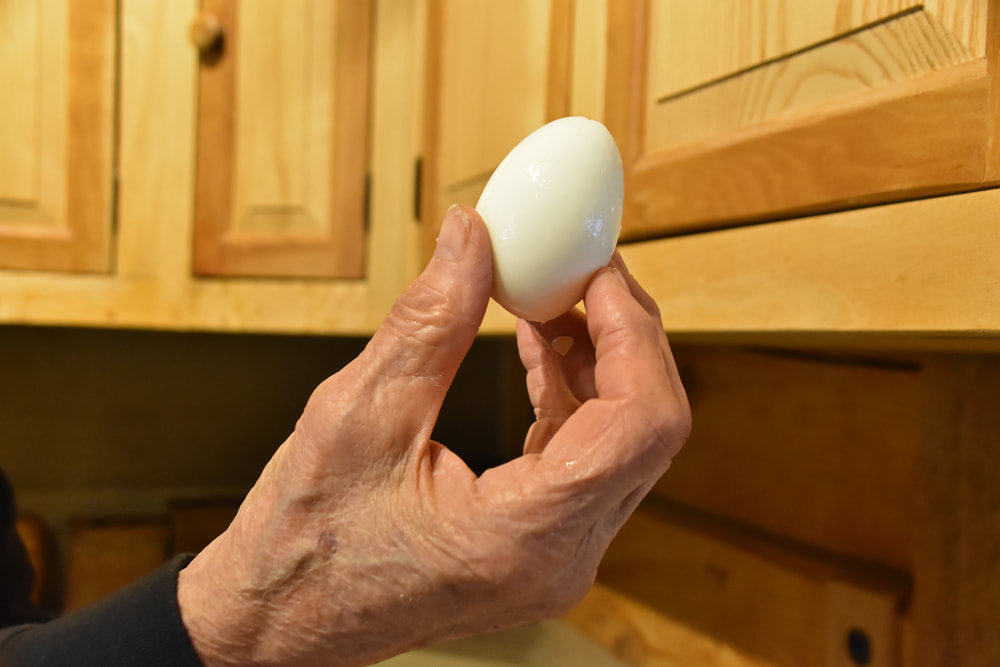
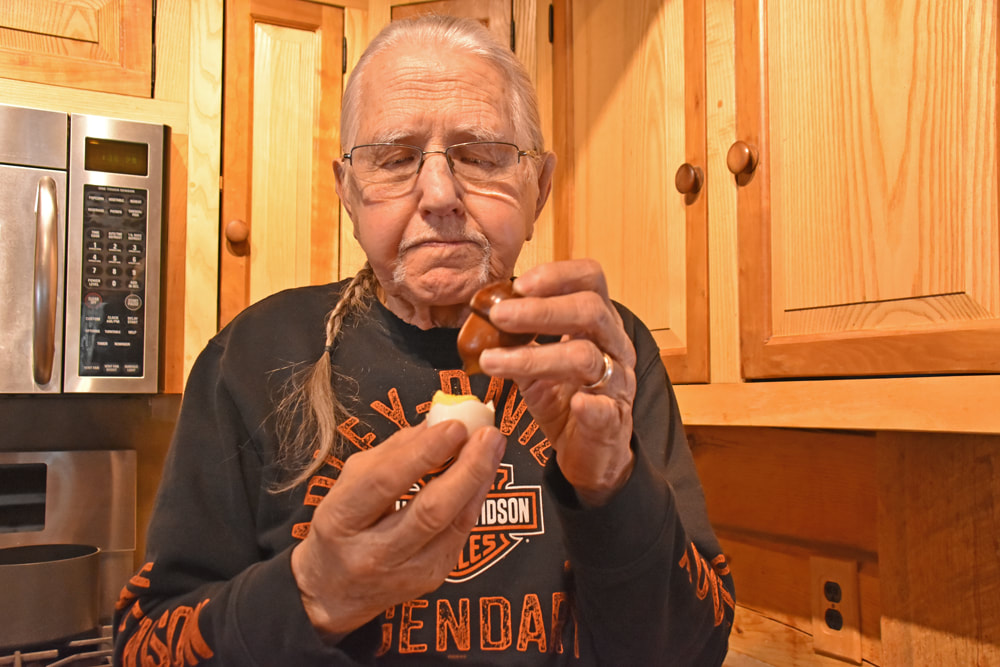
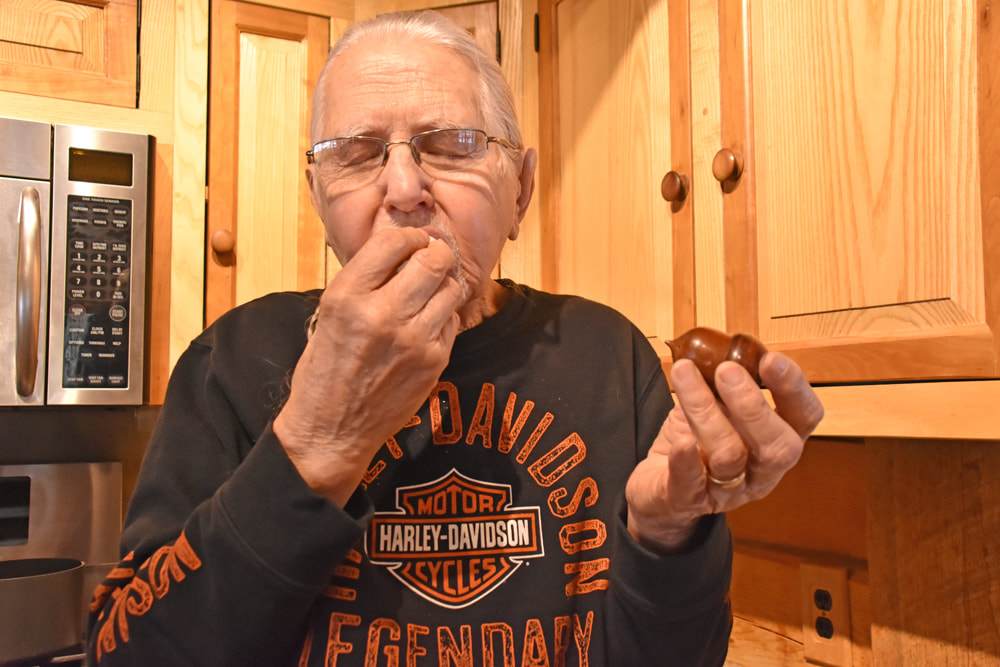

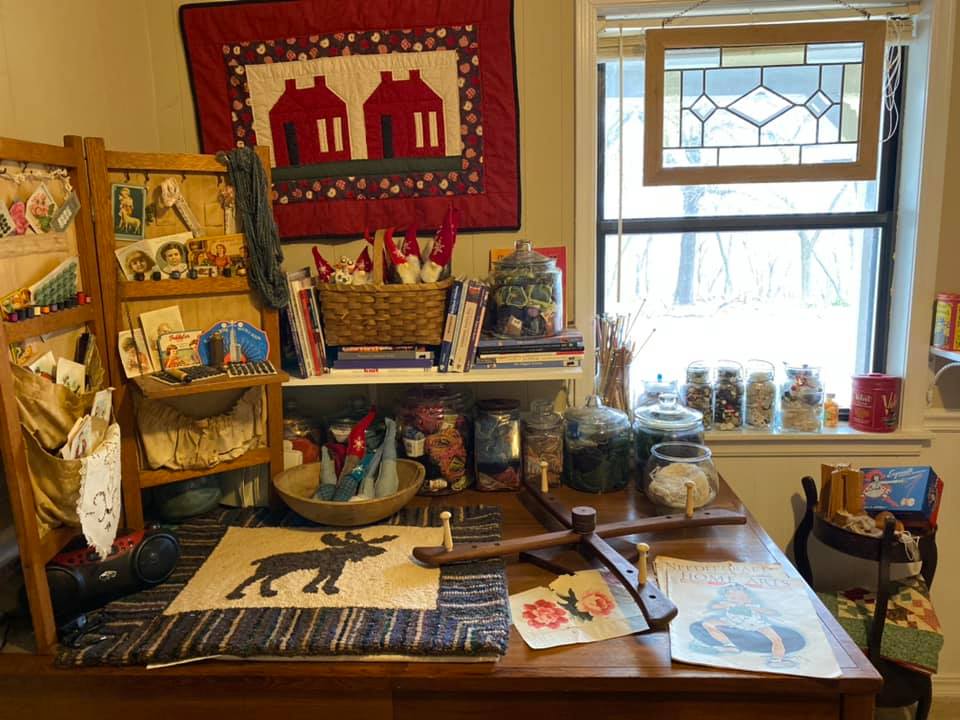








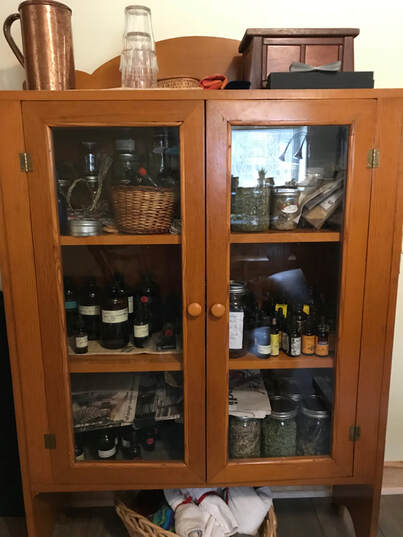



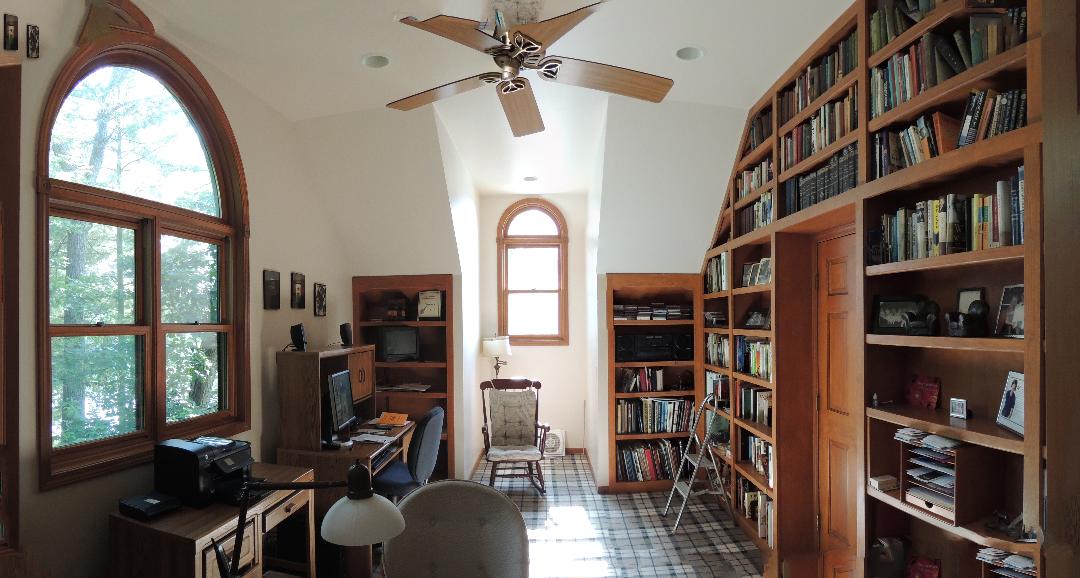





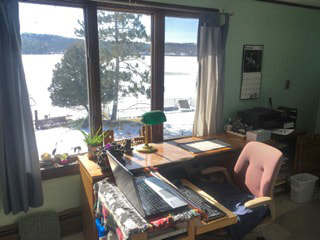



 RSS Feed
RSS Feed